This is the fourth post in a series about improving your wellness without dieting and focuses on developing a movement routine that feels good to you and considerations for limiting distractions. In the previous posts you’ll find a brief overview of all 7 tips, an in-depth look at the first 3 tips and the next 2 tips. The post which follows highlights the sixth and seventh tips in detail.
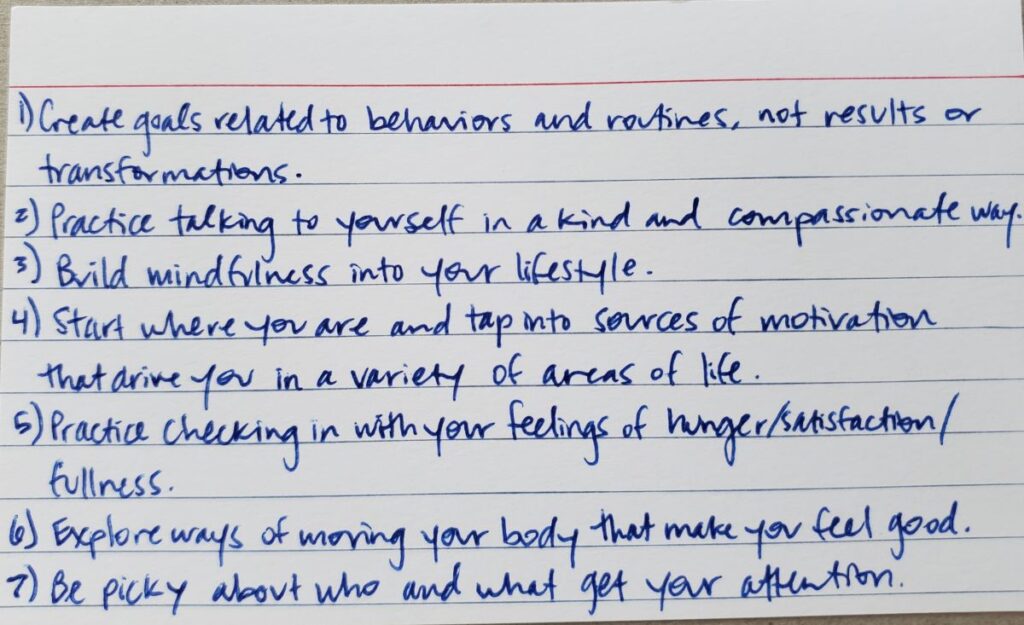
6. Explore ways of moving your body which make you feel good
There are so many mental and physical health benefits of activity that I often joke that, “If exercise was available in a pill, we’d all be taking it.” Many people believe exercise is not accessible to them and this prevents them from developing a movement routine. Whether that belief is related to the demands on their time, finances, physical ability or other factors, I encourage participants in this situation to ask themselves first, “what options for movement and activity would I enjoy,” and then, “what can I do?” This line of thinking helps by identifying activities you might like to do more and considering ways of achieving that rather than focusing on reasons why it’s difficult to include activity in routines.
Some people gravitate toward movement practices that are less conventional or structured, like dancing along to a favorite playlist in the living room or practicing strength training routines in a comfortable seated position. Others prefer following along with a guided workout that increases their heart rate. By experimenting to find the type of activity you enjoy, the amount of time and intensity that work for your schedule and level of fitness, you’re more likely to set yourself up to do some movement in a way that feels good and that you’ll look forward to keeping in your routine.
As I’ve mentioned previously, starting with small changes to your routine and getting consistent helps gradually to develop a routine you can maintain. Give yourself options to make activity enjoyable and take days off of your activity routine. There will be days when you just don’t feel like doing it and days when life’s challenges interfere with your ability to get active, and that’s ok. Continue when it’s the right time for you.
A tip I suggest considering is to avoid creating activity routines that are contingent on other people, such as a walking partner. I often hear people say that they were in an activity routine with someone else and then the other person was no longer available and that ended the activity routine. If you’re interested in making plans to get active with a friend or family member, I recommend developing a routine which includes more of what you can and will do on your own and then consider it a bonus when others are able to join.
Planning can be a distraction, whether that’s researching different eating plans or planning a whole week of what to eat or learning the details of what someone else did to achieve results you find desirable.
7. Be picky about what and who gets your attention
Assessing your habits and working on health behavior change requires a lot of attention and time, and we live in an era where there are so many options battling for attention. If you find it hard to implement changes in your routines, it can be helpful to audit your time to find ways to limit distractions. Take note of ways you spend your free time and if these parts of your routine aren’t serving you, consider experimenting with changes there.
Just to be clear, this recommendation isn’t meant to imply that you shouldn’t ever spend time on your phone or your couch. But bringing your attention to how much time you spend doing different things in your typical day might help to identify where you can make small adjustments so it’s easier to spend time working on your goals.
Planning can be a distraction, whether that’s researching different eating plans or planning a whole week of what to eat or learning the details of what someone else did to achieve results you find desirable.
Find ways to spend time without distraction. There are two benefits to identifying and limiting distractions; the first is experiencing less stress and more calm while being able to focus attention. The second is being able to take action that’s aligned with your goals which helps you make progress.
8. Bonus! Summary and final thoughts
Before you jump into any behavior change, spend time setting specific and measurable goals and making sure they connect with your internal motivators. Striving for behavior change without a goal makes it difficult to determine whether you’re taking action in a way that’s meaningful and helpful to you.
Once you decide what your goal is, observe your current habits and start making small changes. Experiment with making changes that will last long-term. That usually requires making one small change to test whether it is helpful for you, then practicing the new routine in order to eventually be able to complete it more easily. That’s when it’s more like a new habit!
Experiment without judgment and stay curious. Use your observations to guide your next steps. Practice noticing your thinking and take steps to shift into more helpful and positive thoughts as needed and take a gentle approach to guiding your decision making.
Whether you’re working on making changes to your habits or not, challenges, unexpected changes in routines and feeling like you’ve gotten off track or stopped making progress are all inevitable. Keeping thinking helpful and solutions-oriented, avoiding rigid rules or restrictions, and approaching health behavior change as a form of self-care can all help with getting back to progressing toward goals.
If you’re interested in working on health behavior change, consider getting support from a trained and credentialed professional who can help you identify what works best for you and what might interfere with your progress.
READY TO GET STARTED?
Book A Free Discovery Call
Are you ready to stress less while you make progress toward your health goals with evidence-based strategies and support from a coach? Book a discovery call today and let’s see if we’re a match to work together.
There are many important considerations when approaching health behavior change and being set up for success. These concepts related to building a routine for movement and limiting distractions should be considered helpful tips for educational purposes rather than individualized recommendations.
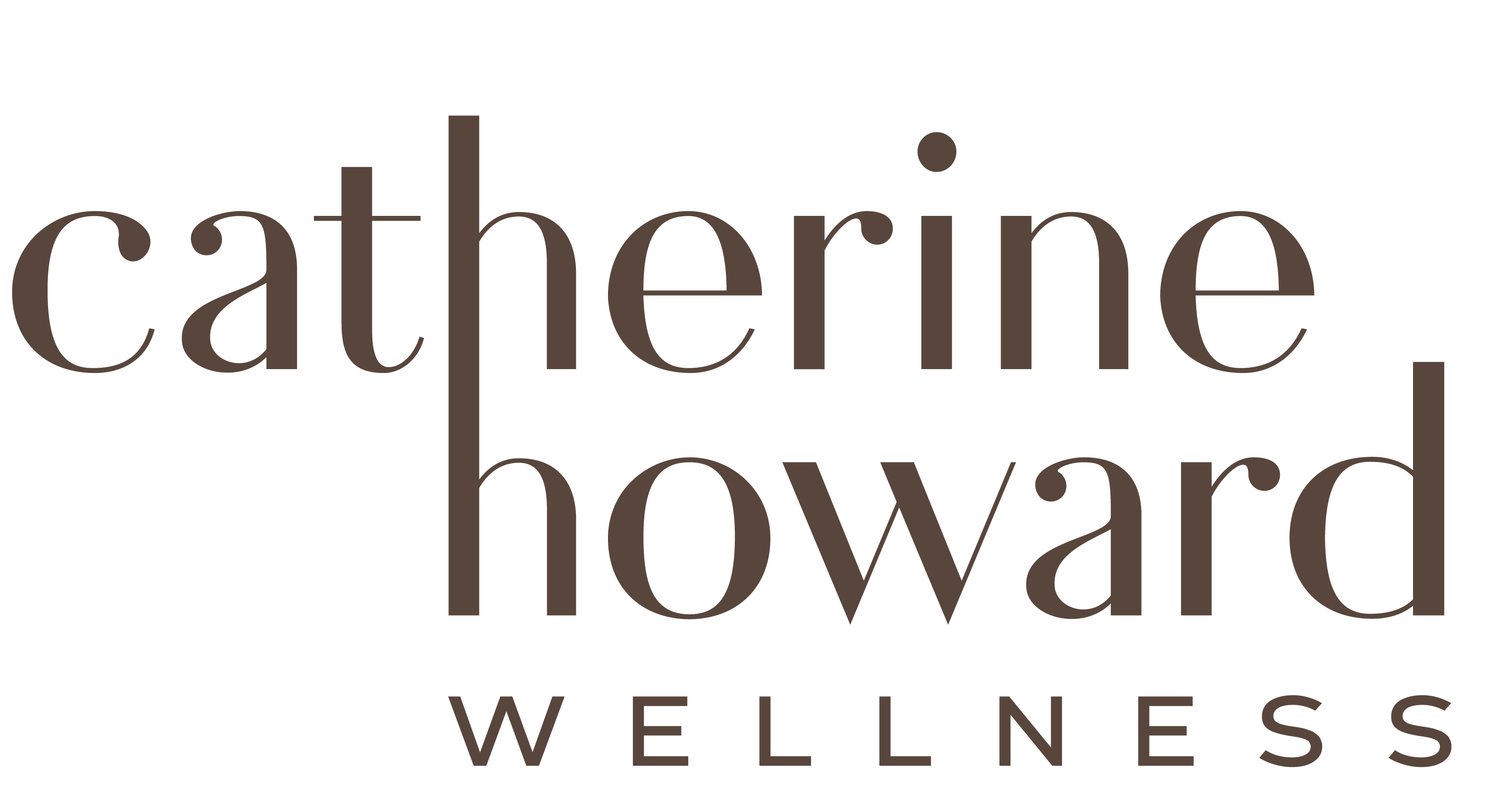
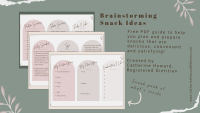
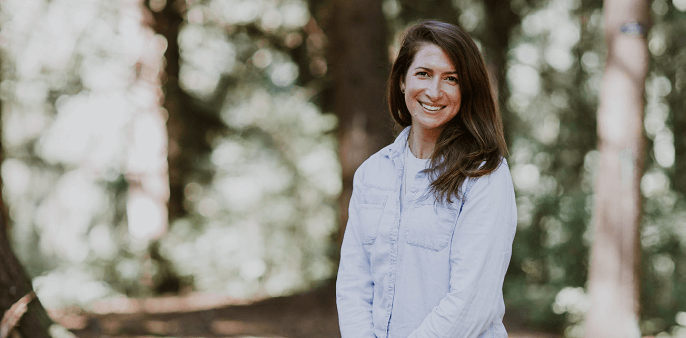


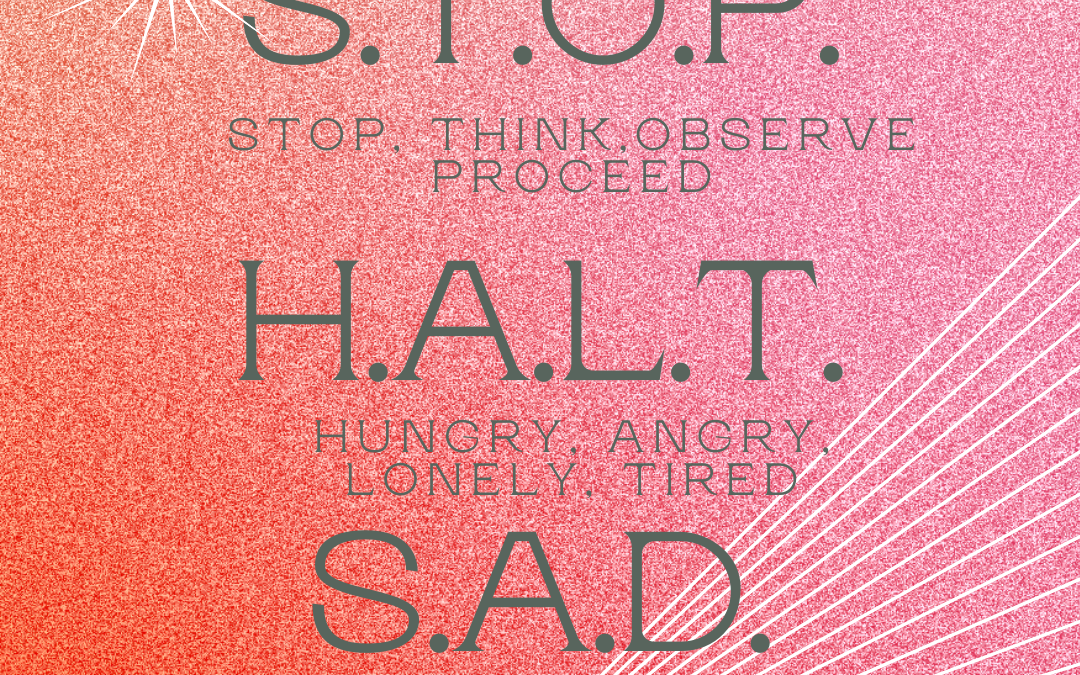
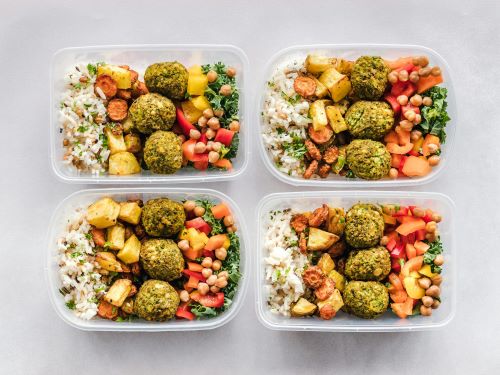
0 Comments